Tag: Birds
-
Venomous avians!
Who knew our feathered friends could pack such a toxic punch? Hooded Pitohui: The OG Poison Bird Meet the hooded pitohui, the bird that started it all. This New Guinean songbird is like the femme fatale of the venomous bird world – alluring and packing a secret weapon. Its feathers and skin contain batrachotoxins, the…
-
Testican
Testican is a type of proteoglycan. Testican-1 is a highly conserved, multidomain proteoglycan that is most prominently expressed in the thalamus, and is upregulated in activated astroglial cells of the cerebrum. Several functions of this gene product have now been demonstrated in vitro including membrane-type matrix metalloproteinase inhibition, cathepsin L inhibition, and low-affinity calcium binding. The purified gene product has been shown to inhibit cell attachment…
-

A Mad Scientist’s Dream – Rumpless Chickens (and more)
Today, we delve into the bizarre phenomenon of rumpless chickens—a feathered marvel characterized by caudal dysplasia, or as some like to call it, the ultimate chicken makeover! These quirky birds are missing their pygostyle, that charming little appendage known as the “parson’s nose,” a mutation that defies nature itself. This peculiar trait is inherited through…
-
Avidin is a tetrameric biotin-binding protein produced in the oviducts of birds, reptiles, amphibians
Dimeric members of the avidin family are also found in some bacteria. In chicken egg white, avidin makes up approximately 0.05% of total protein (approximately 1800 μg per egg). The tetrameric protein contains four identical subunits (homotetramer), each of which can bind to biotin (Vitamin B7, vitamin H) with a high degree of affinity and specificity. The dissociation constant of the avidin-biotin complex…
-
Vitellin is essential in the fertilization process, and embryonic development in egg-laying organisms
Vitellin is a protein found in the egg yolk. It is a phosphoprotein. Vitellin is a generic name for major of many yolk proteins. Vitellin has been known since the 1900s. The periodic acid-Schiff method and Sudan black B dye was used to help determine that Vitellin is a glycolipoprotein because it stained positive when tested. This protein was…
-

The transforming growth factor beta receptors
a family of serine/threonine kinase receptors involved in TGF beta signaling pathway
-
Goldfinch in art
The bird that repeatedly, almost obsessively, turns up in Renaissance religious painting is the European Goldfinch Carduelis carduelis, almost always in the hands of the Infant Jesus, and symbolising variously the soul, resurrection, sacrifice and death, but with a particular further dimension of meaning, following the plagues of the fourteenth century, as an augur (and hence…
-
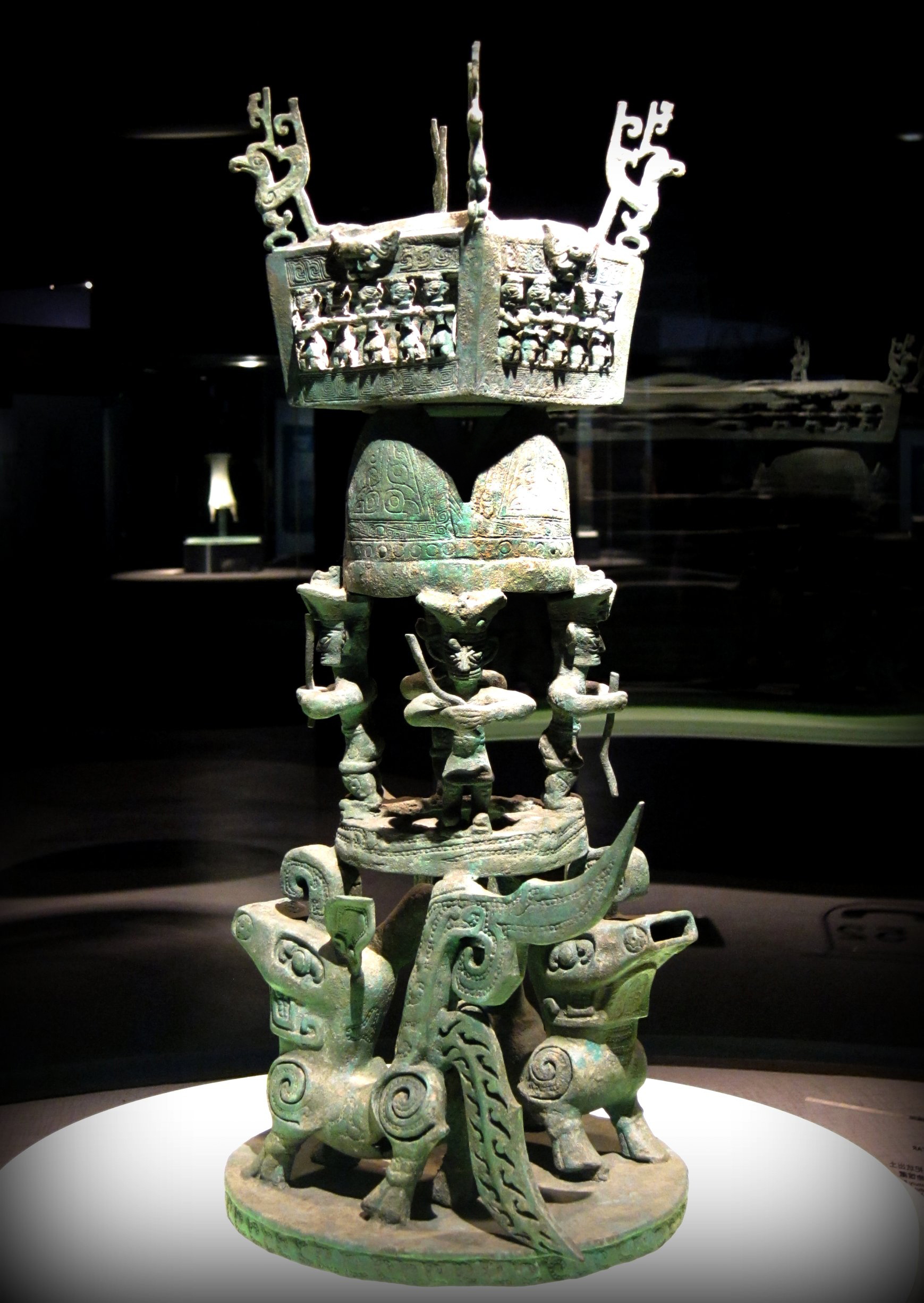
Sanxingdui (‘Three Star Mound’)
Sanxingdui (Chinese: 三星堆; pinyin: Sānxīngduī; lit. ‘Three Star Mound‘) is an archaeological site and a major Bronze Age culture in modern Guanghan, Sichuan, China. Largely discovered in 1986, following a preliminary finding in 1927, archaeologists excavated artifacts that radiocarbon dating placed in the twelfth–eleventh centuries BC. The archaeological site is the type site for the Sanxingdui culture that produced these artifacts, archeologists have identified the locale with the ancient kingdom of Shu. The artifacts are displayed in the Sanxingdui Museum located…
-
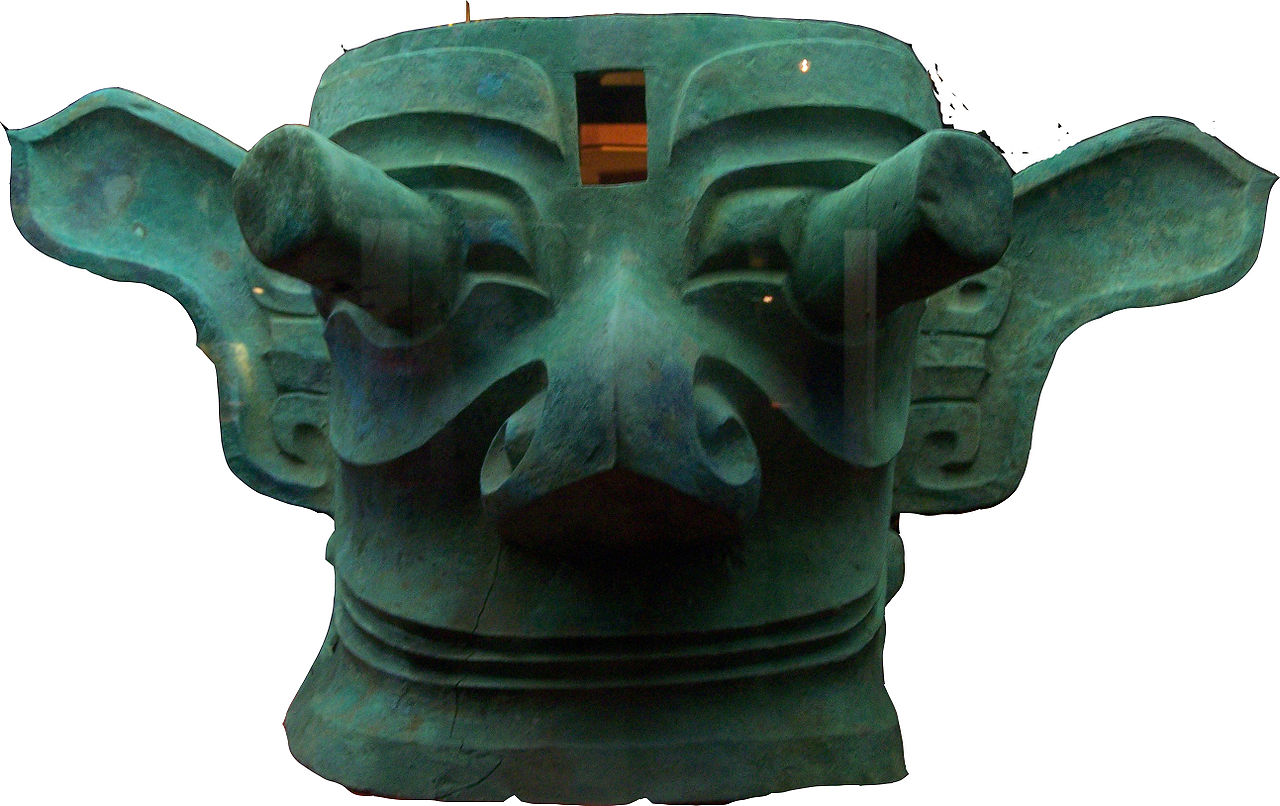
Shi (personator)
The shi (Chinese: 尸; pinyin: shī; Wade–Giles: sh’ih; lit. ‘corpse’) was a ceremonial “personator” who represented a dead relative during ancient Chinese ancestral sacrifices. In a shi ceremony, the ancestral spirit supposedly would enter the descendant “corpse” personator, who would eat and drink sacrificial offerings and convey messages from the spirit. James Legge, an early translator of the Chinese classics, described shi personation ceremonies as “grand family reunions where the…
-
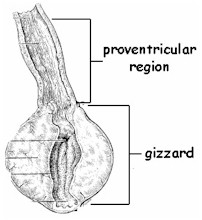
The lactating birds and the bees (gastrin, pepsin, etc)
Crop milk is a secretion from the lining of the crop of parent birds that is regurgitated to young birds. It is found among all pigeons and doves where it is referred to as pigeon milk. An analog to crop milk is also secreted from the esophagus of flamingos and the male emperor penguin. Description Crop milk bears little physical resemblance to mammalian milk. Crop milk is a…
-
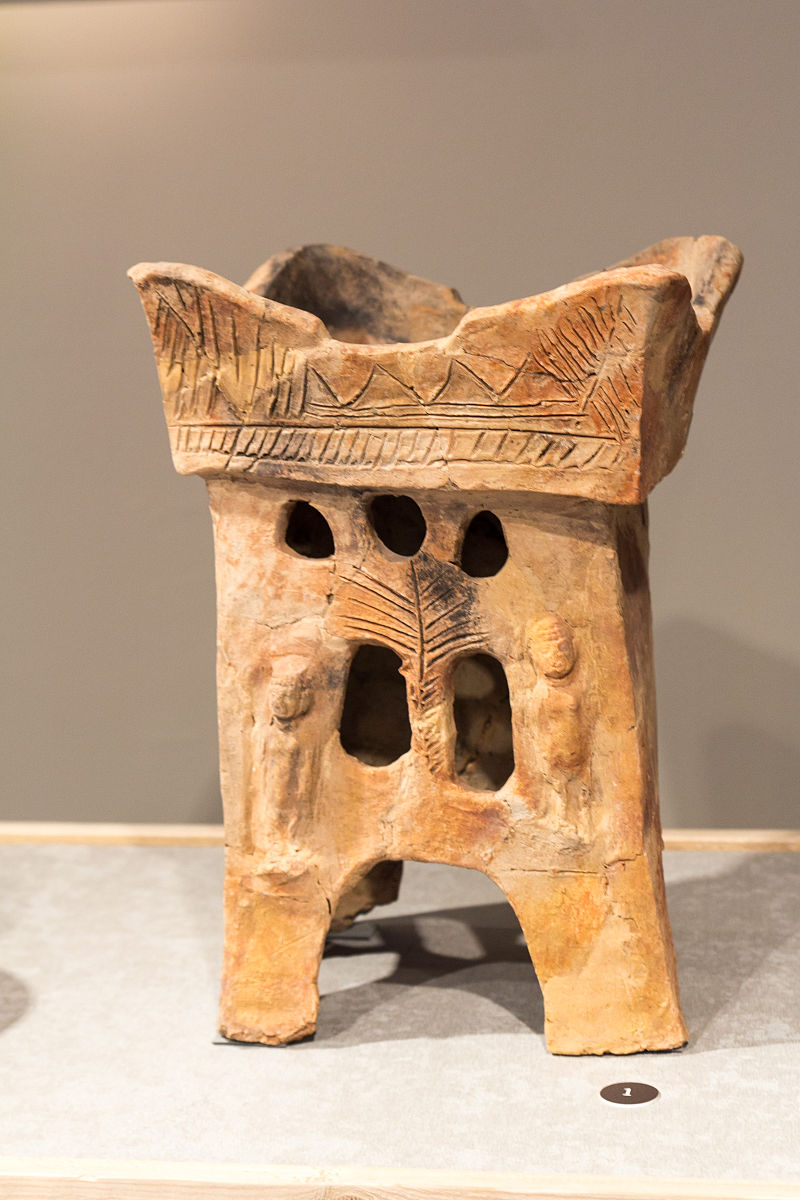
Asherah and Asherim notes
In the ancient Levant, doves were used as symbols for the Canaanite mother goddess Asherah. The Canaanite religion was the group of ancient Semitic religions practiced by the Canaanites living in the ancient Levant from at least the early Bronze Age through the first centuries AD. Canaanite religion was polytheistic and, in some cases, monolatristic. Some gods and goddesses were absorbed into the Yahwist religion of the ancient Israelites, notably El (who later became synonymous with Yahweh), Baal and Asherah, until…
-
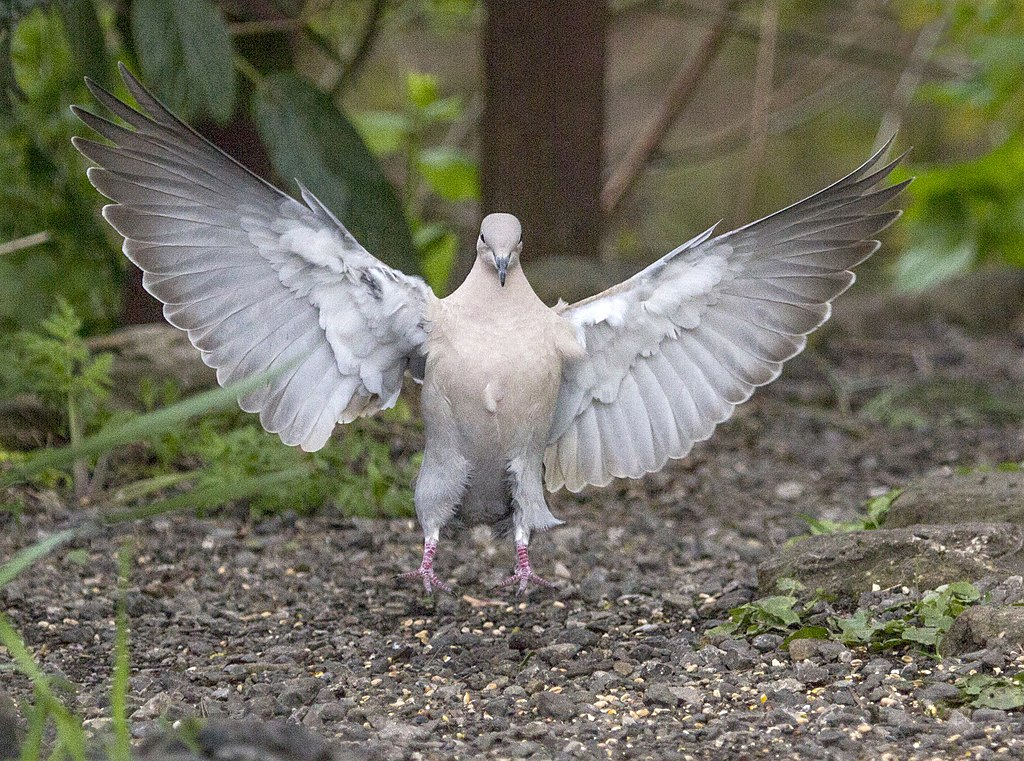
Columbidae anatomy and physiology notes
Overall, the anatomy of Columbidae is characterized by short legs, short bills with a fleshy cere, and small heads on large, compact bodies. Like some other birds, the Columbidae have no gall bladders. Some medieval naturalists concluded they have no bile (gall), which in the medieval theory of the four humours explained the allegedly sweet disposition of doves. In fact, however, they do have bile (as Aristotle had…
-
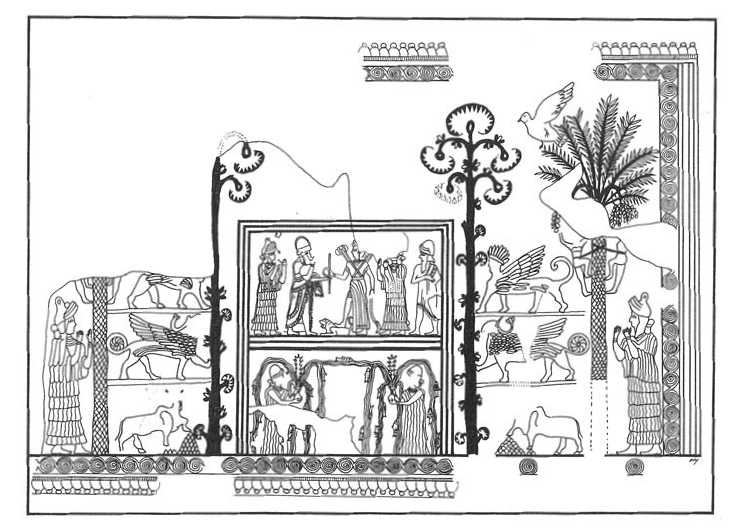
Doves are shown on cult objects associated with Inanna as early as the beginning of the third millennium BC
In ancient Mesopotamia, doves were prominent animal symbols of Inanna-Ishtar, the goddess of love, sexuality, and war. Doves are shown on cultic objects associated with Inanna as early as the beginning of the third millennium BC. Lead dove figurines were discovered in the temple of Ishtar at Aššur, dating to the thirteenth century BC, and a painted fresco from Mari, Syria shows…
-
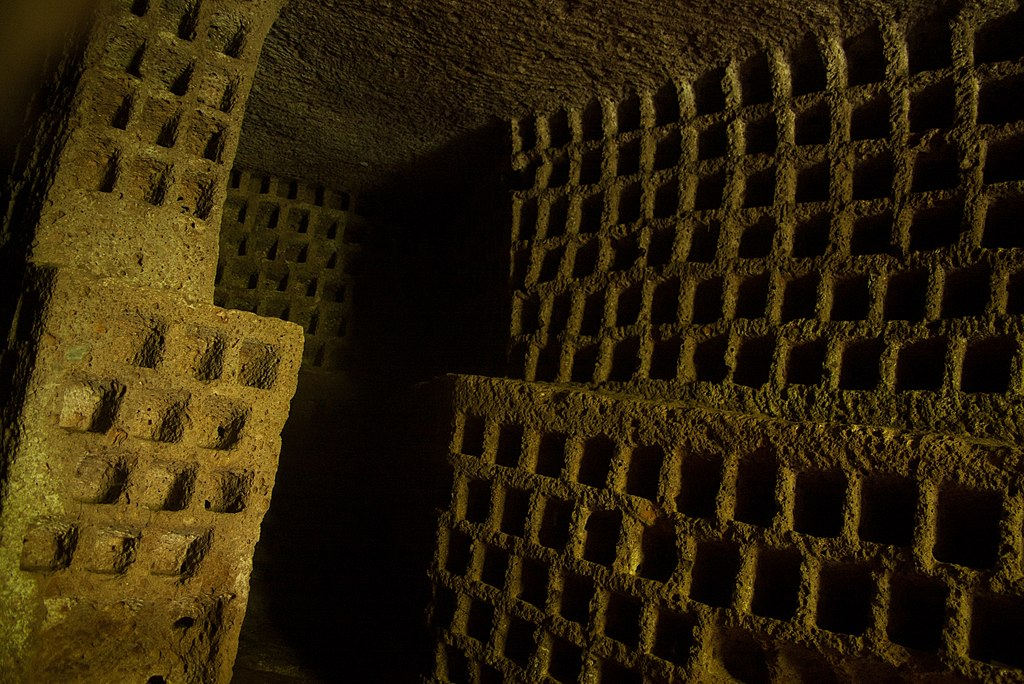
A columbarium is a structure for the reverential and usually public storage of funerary urns holding cremains of the dead
A columbarium (pl. columbaria) is a structure for the reverential and usually public storage of funerary urns holding cremains of the dead. The term comes from the Latin columba (dove) and originally solely referred to compartmentalized housing for doves and pigeons, also called dovecotes. Background Roman columbaria were often built partly or completely underground. The Columbarium of Pomponius Hylas is an ancient Roman example, rich in frescoes, decorations, and…
-
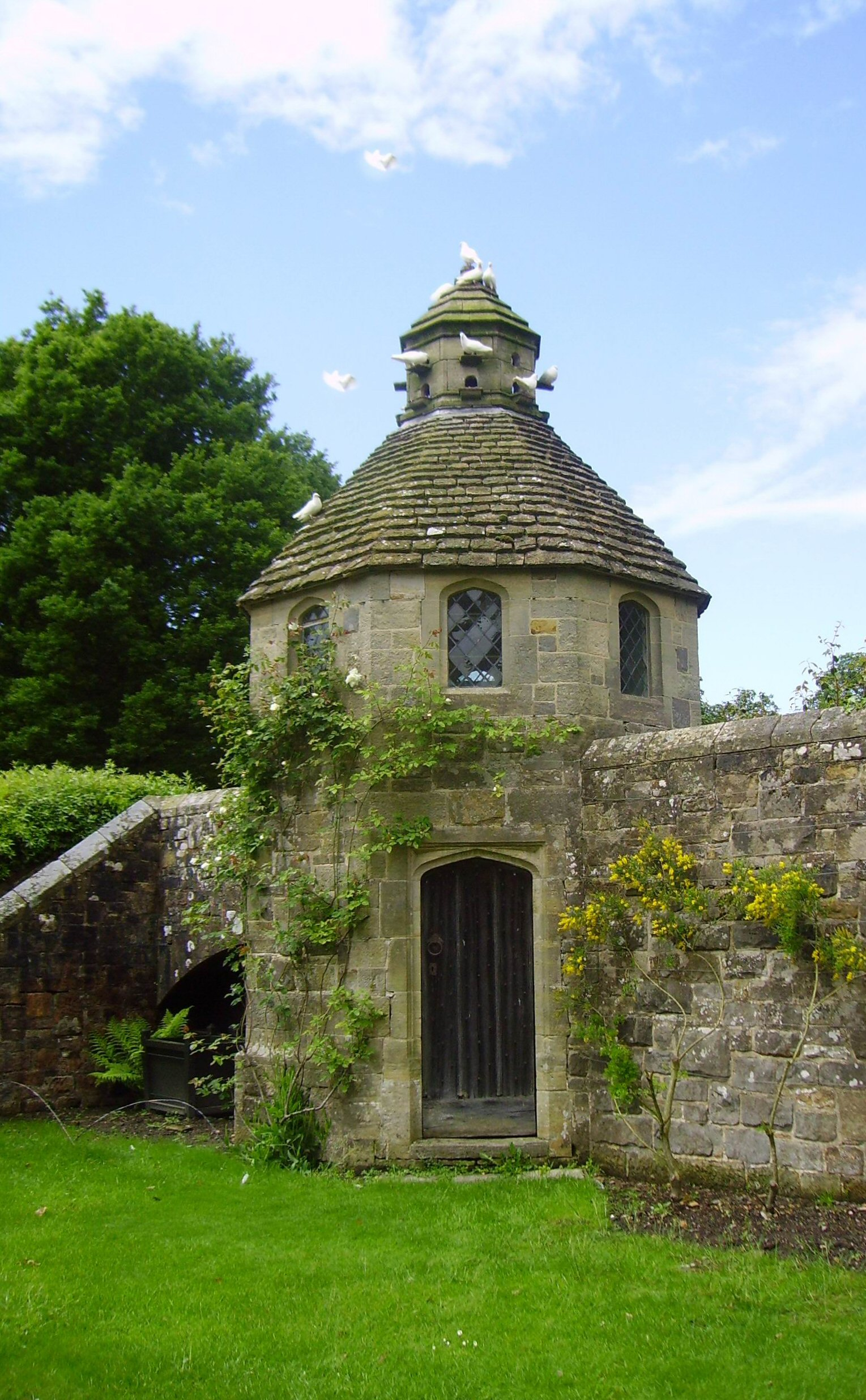
A dovecote or columbarium is a structure intended to house pigeons or doves
A dovecote or dovecot, doocot (Scots) or columbarium is a structure intended to house pigeons or doves. Dovecotes may be free-standing structures in a variety of shapes, or built into the end of a house or barn. They generally contain pigeonholes for the birds to nest. Pigeons and doves were an important food source historically in the Middle East and Europe and were kept for…
-

Nasu aka Nasa (Zoroastrianism) and Tower of Silence
Nasu (Also; Druj Nasu, Nasa, Nas, Nasuš) is the Avestan name of the female Zoroastrian demon (daeva) of corpse matter. She resides in the north (Vendidad. 7:2), where the Zoroastrian hell lies. Nasu takes the form of a fly, and is the manifestation of the decay and contamination of corpses (nasa) (Bundahishn. 28:29). When a death occurs, Nasu inhabits the…
NOTES
- 🧬 Disease Table with Low Sodium Connection
- 🧂 Sodium Reduction and Sodium Replacement: A History of Reformulation and Exploding Diseases, Including Many Diseases Unheard of Before Deadly Sodium Policies
- 🧂 The DEADLY 1500 mg Sodium Recommendation predates the WHO’s formal global sodium reduction push by nearly a decade (and it’s even worse than that)
- 🧬 What Is Beta-Glucuronidase?
- When Sugar Was Salt: Crystalline Confusion and the Covenant of Sweetness
Tags
ADAM ASPARTAME Birds Blood Bones Brain Bugs Cancer Columba Cows crystallography Death Death cults Eggs Etymology Gastrin Gold Growth hormone History Hormones Insulin Liver Mere Perplexity Metal Monkey Business Mythology Paracetamol Plants Poison Pregnancy Protein Religion Reproduction Rocks Salt Slavery Snakes Sodium the birds and the bees Thiocyanate Tobacco Tylenol Underworld Venom zinc

